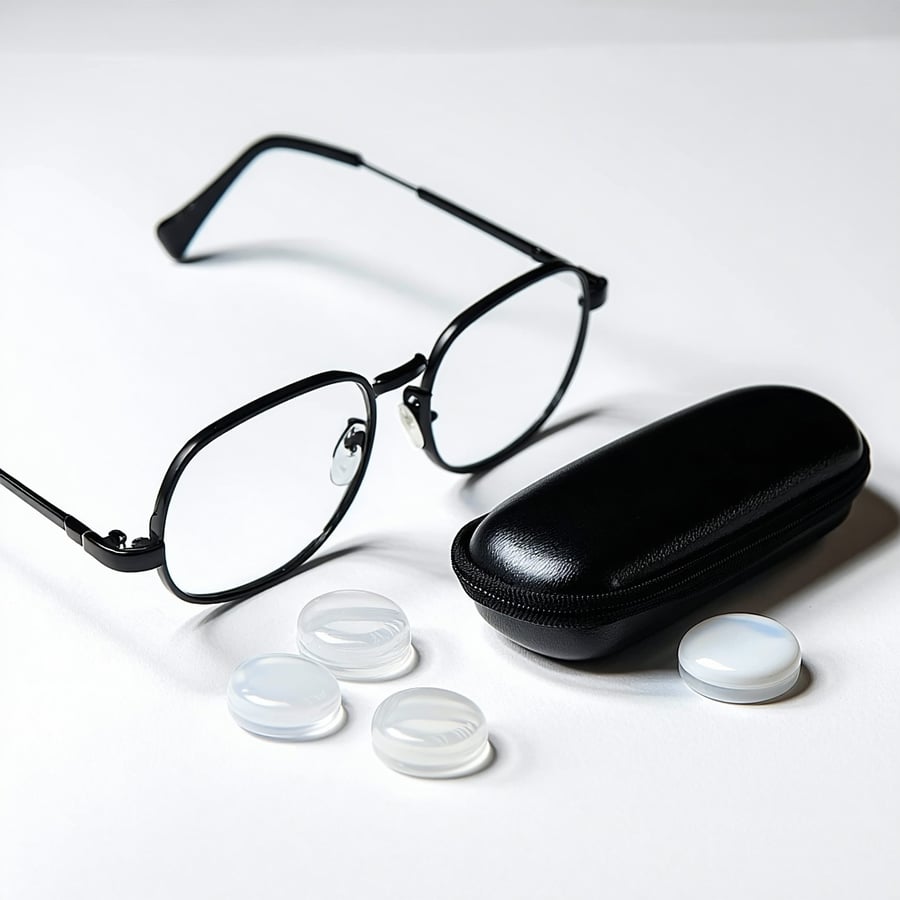What is Refractive Lens Exchange
Refractive Lens Exchange (RLE): Is a surgical procedure in which the eye's natural lens is removed and replaced with an artificial intraocular lens (IOL) to correct refractive errors such as nearsightedness, farsightedness, and presbyopia (age-related loss of near vision).
How it works: RLE is very similar to cataract surgery. The key difference is that with RLE, the natural lens being replaced is still relatively clear (not completely clouded by a cataract). The goal is to eliminate the need for glasses or contact lenses by using a custom IOL to adjust the eye’s focusing power.
Who is a Good Candidate: RLE is typically recommended for:
- Individuals over 45 who are not good candidates for LASIK or PRK
- People with presbyopia (age-related loss of near vision, making readers essential)
- Those with high farsightedness (hyperopia) or moderate-to-high nearsightedness not treatable with corneal laser surgery
- Patients wanting a long-term solution for both near and distance vision
Benefits of RLE
- Can correct multiple refractive errors (distance, near, and astigmatism)
- Eliminates the need for future cataract surgery
- Long-lasting results
- Fast recovery time
Considerations and Risks
- As with any eye surgery, there are risks including infection, dry eyes, glare, halos, or the need for enhancement procedures
- It’s a permanent procedure (unlike EVO ICL, which is reversible)
- Not usually covered by insurance, as it’s considered elective
| Feature | Refractive Lens Exchange (RLE) | EVO ICL | LASIK |
|---|---|---|---|
| Age Range | Typically 45+ | 21–45 (ideal for those with stable vision) | 18–40 (depends on stable prescription) |
| Vision Conditions Treated | Myopia, hyperopia, presbyopia, astigmatism | Moderate to high myopia, astigmatism | Mild to moderate myopia, hyperopia, astigmatism |
| Procedure Type | Replaces natural lens | Adds a lens (natural lens stays) | Reshapes cornea |
| Corneal Tissue Removed? | No | No | Yes |
| Reversible? | No (permanent lens replacement) | Yes (lens can be removed) | No |
| Corrects Presbyopia? | Yes | No (though monovision may help) | Partially (via monovision LASIK) |
| Cataract Prevention | Yes (lens won’t cloud later) | No | No |
| Recovery Time | Few days to 1–2 weeks | 1–2 days for most | 1–2 days for most |
| Long-Term Stability | Very stable | Very stable | Stable, though vision may shift with age |
| Ideal for Thin Corneas? | Yes | Yes | No (may disqualify patient) |
Related Posts

Dangers of Long Term Contact use
1 min read
May 20, 2025

Refractive Surgery: EVO ICL
1 min read
Jul 7, 2025
.png?width=406&height=81&name=Keil_H_Blue%20(1).png)

.png)